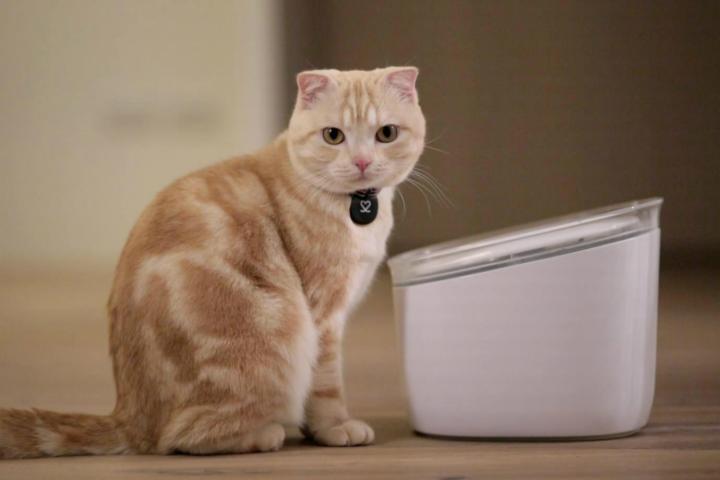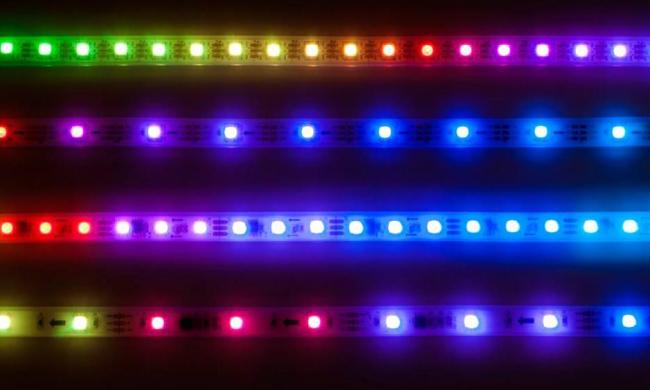
Noacare created Pura, a smart water feeder to track your cats’ daily water intake on your smartphone. It’s designed be ergonomic and will apparently keep their whiskers dry while they drink. Noacare describes it as “safe, easy, and intuitive.”
Pura works with a mini ID tag to detect when you cat is within three inches of the water feeder… as long as your furry friend can stand to wear a collar. Otherwise, it works like a regular water fountain. Even if you have more than one cat and multiple Pura feeders, the app will be able to determine just how much each of your cats is drinking from them, because it uses an internal scale to measure the water. The collars sync with the fountains, which measure water intake, then report the information to your smartphone. Once you’ve created a profile for each of your cats in the Pura app, you’ll be able to track the analytics of their water-drinking habits. You’ll also be able to receive health suggestions and alerts if your cat isn’t drinking a healthy amount of water.
Pura has already completed a pilot trial, and Noacare is now in the process of fine-tuning and perfecting it so that it will be ready for shipment in April 2016. If you’re passionate about cat hydration, you can crowdfund Pura’s Indiegogo campaign, and pick one up for the early-bird price of $129. It comes with two ID tags, and no guarantee your cats will wear them.



